SOURCE: IDRW.ORG TEAM
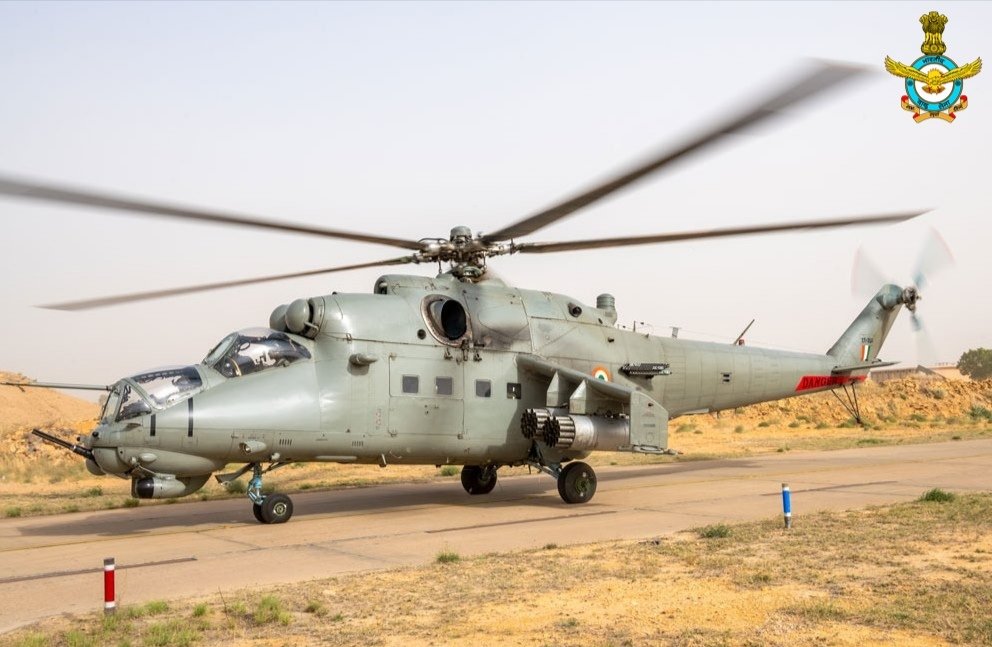
India’s military aviation landscape is undergoing a transformation with the impending phasing out of the single squadron of Mi-35 attack helicopters from the Indian Air Force (IAF). This significant development comes as the IAF and the Indian Army Aviation Corps embrace modernization through the induction of advanced Apache attack helicopters from the United States.
The Russian-made Mi-35 attack helicopters have long served the Indian armed forces, providing firepower and operational support. However, with the acquisition of Apache helicopters, the IAF is poised to retire the Mi-35 fleet, marking a strategic shift in its aerial capabilities.
Continue readingSOURCE: RAUNAK KUNDE / NEWS BEAT / IDRW.ORG
As India embarks on a journey of bolstering its defence capabilities, one of the most exciting developments on the horizon is the country’s ambitious plans to develop its own High-Altitude Long-Endurance (HALE)-Class Unmanned Aerial Vehicle (UAV). This endeavour, currently under consultation between the Aeronautical Development Establishment (ADE), Hindustan Aeronautics Limited (HAL), and the Indian Tri-service, aims to provide India with a homegrown solution for advanced intelligence, surveillance, and reconnaissance (ISTAR) missions.
The proposed HALE-Class UAV is envisioned to be a state-of-the-art aerial platform that offers a wide range of capabilities, including Intelligence, Surveillance, Target Acquisition, Reconnaissance, and Targeting. With an All-up Weight of 4 to 5 tons, this UAV will be powered by a Turbo Prop engine generating 940 horsepower. This engine configuration is carefully chosen to ensure optimal performance at high altitudes and long endurance missions, allowing the UAV to operate effectively in challenging environments.
Continue readingSOURCE: RAUNAK KUNDE / NEWS BEAT / IDRW.ORG
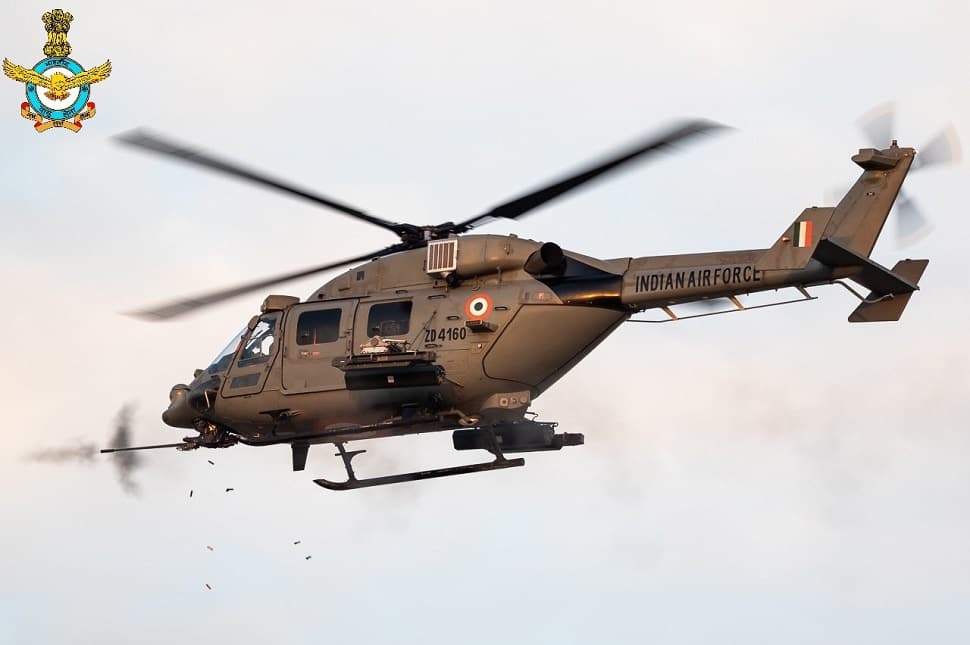
In a significant development for India’s defence and aerospace industry, Hindustan Aeronautics Limited (HAL) which received a Letter of Interest (LoI) from Argentina last month on the procurement of Advanced Light Helicopters (ALH) might eventually see a deal soon. The Chairman and Managing Director (CMD) of HAL, CB Ananthakrishnan, confirmed in a recent interview that Argentina is looking to acquire approximately 16 to 20 units of the ALH, with the potential for even more in the pipeline at a later stage.
The Argentine Army Aviation and Air Force are reported to have combined requirements of nearly 50 ALH helicopters if the deal comes to fruition. This potential deal could mark a significant milestone in India’s defence exports, showcasing the country’s ability to provide high-quality indigenous defence solutions to international partners.
Continue readingSOURCE: RAUNAK KUNDE / NEWS BEAT / IDRW.ORG
In a significant move towards strengthening India’s defence capabilities and achieving self-reliance in the aerospace sector, Hindustan Aeronautics Limited (HAL) is in the process of initiating price negotiations for GE Aviation’s F414INS6 engine. The confirmation comes from none other than CB Ananthakrishnan, the Chairman and Managing Director (CMD) of HAL, in an exclusive interview with Economic Times.
The F414INS6 engine is a critical component of India’s defence infrastructure, intended to power advanced fighter aircraft like the Tejas Mk2. This engine deal not only signifies an important partnership between HAL and GE Aviation but also embodies the essence of technology transfer and knowledge exchange, crucial for the development of indigenous aerospace technology.
Continue readingSOURCE: IDRW.ORG TEAM
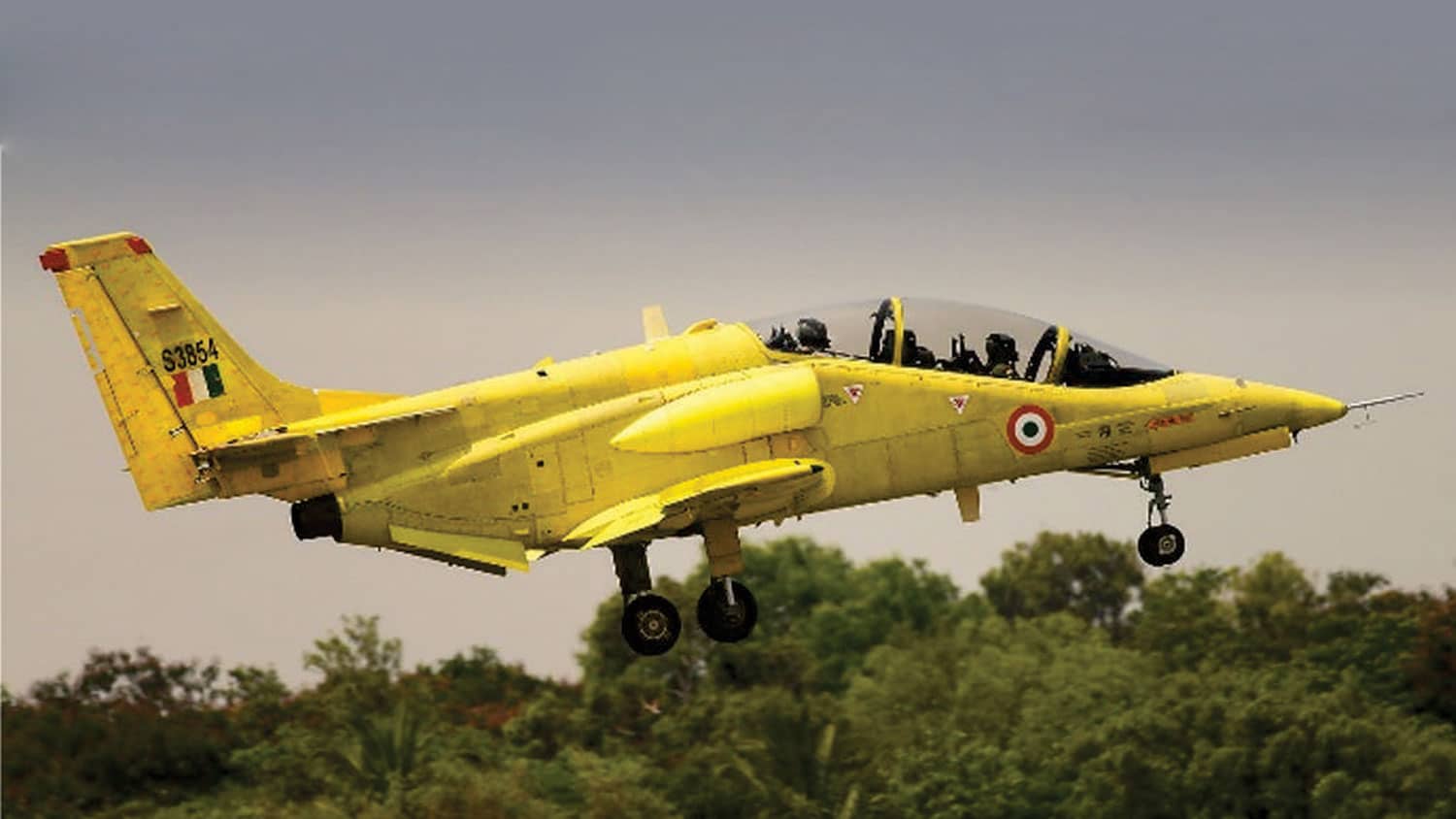
The Comptroller and Auditor General (CAG) recently released a report that sheds light on significant delays and challenges faced in the intermediate jet trainer (IJT) project undertaken by Hindustan Aeronautics Limited (HAL). The report, which was tabled in Parliament, highlights the consequences of improper engine selection and faulty planning during the early stages of development.
The IJT project, sanctioned nearly 25 years ago, aimed to develop a crucial platform for stage-II training of fighter pilots, serving as a replacement for the Indian Air Force’s (IAF) aging Kiran fleet. However, the report indicates that improper engine selection due to incorrect assessment of thrust requirements and lack of clarity on engine availability resulted in a cascading effect on the project’s design and development. This initial misstep led to a series of challenges that plagued the project over the years.
Continue readingSOURCE: IDRW.ORG TEAM
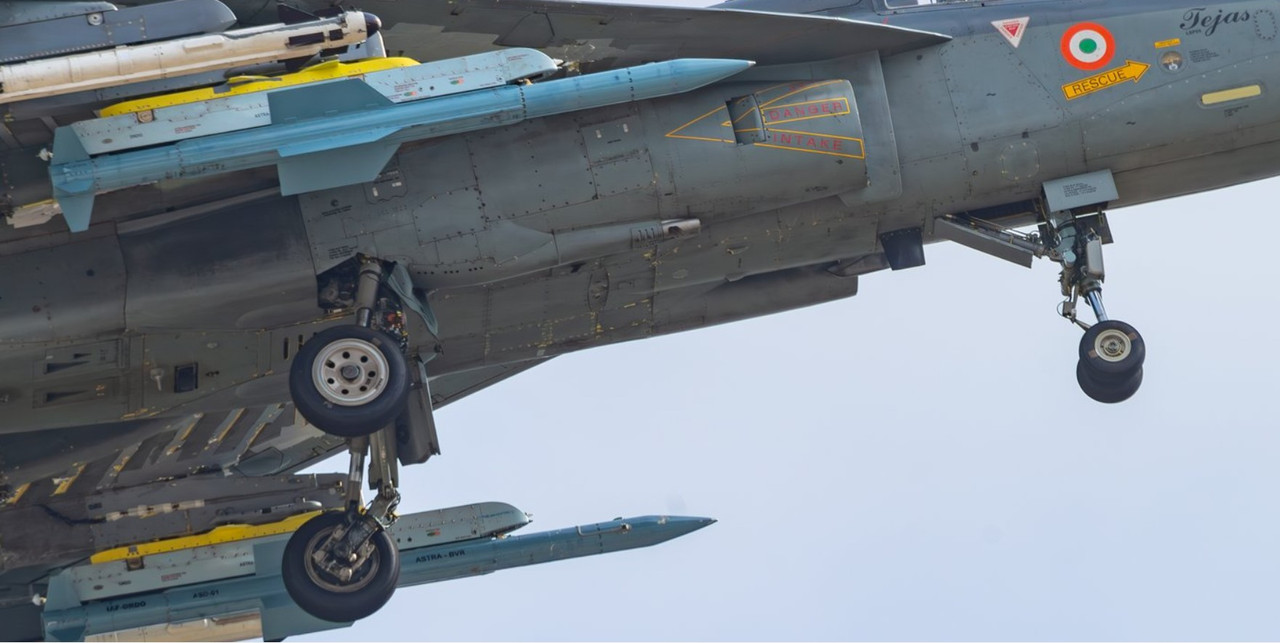
IMAGE CREDIT PRANEETH FRANLIN
In recent trials, the LCA Tejas was seen sporting two indigenously developed Astra Beyond Visual Range Air-to-Air Missiles (BVRAAM) under its wings, signaling significant progress in integrating of the missile system onto the locally developed fighter jets.
The Astra missile system, developed by the Defense Research and Development Organization (DRDO), is poised to be a potent addition to the LCA Tejas’ arsenal, bolstering its air superiority and combat capabilities. The recent trials indicate that the integration process is advancing well, and it is anticipated that live missile tests will be conducted from the aircraft in the near future.
Continue readingSOURCE: RAUNAK KUNDE / NEWS BEAT / IDRW.ORG
In a significant move toward enhancing defense collaboration between India and the United States, the Biden Administration has notified the US Congress about its decision to transfer technology for manufacturing GE-F 414 jet engines in India. This technology transfer is intended to support the production of the LCA Mark II aircraft by India’s Hindustan Aeronautics Limited (HAL). The notification, sent to Congress on July 28, signifies a major step forward in advancing India’s defense capabilities and fostering bilateral cooperation in the defense sector.
The deal, valued at approximately $1 billion, involves the full transfer of technology for the GE-F 414 jet engines. As part of the agreement, GE will transfer 80 percent of the technology required for manufacturing the engine in India. This technology infusion will enable India to domestically produce the engines, contributing to the country’s self-reliance and indigenous manufacturing capabilities in the defense sector.
Continue readingSOURCE: RAUNAK KUNDE / NEWS BEAT / IDRW.ORG
)
In a significant development that reflects the growing bilateral defence cooperation between India and Argentina, a delegation of Argentinean military officials recently visited the facilities of Munitions India Limited, a Pune-headquartered Defence Public Sector Undertaking (DPSU).
The visit aimed to explore avenues for potential procurement of Indian-made multi-mode grenades and other small-arm munitions for the Argentinean armed forces.
Continue readingSOURCE: RAUNAK KUNDE / NEWS BEAT / IDRW.ORG
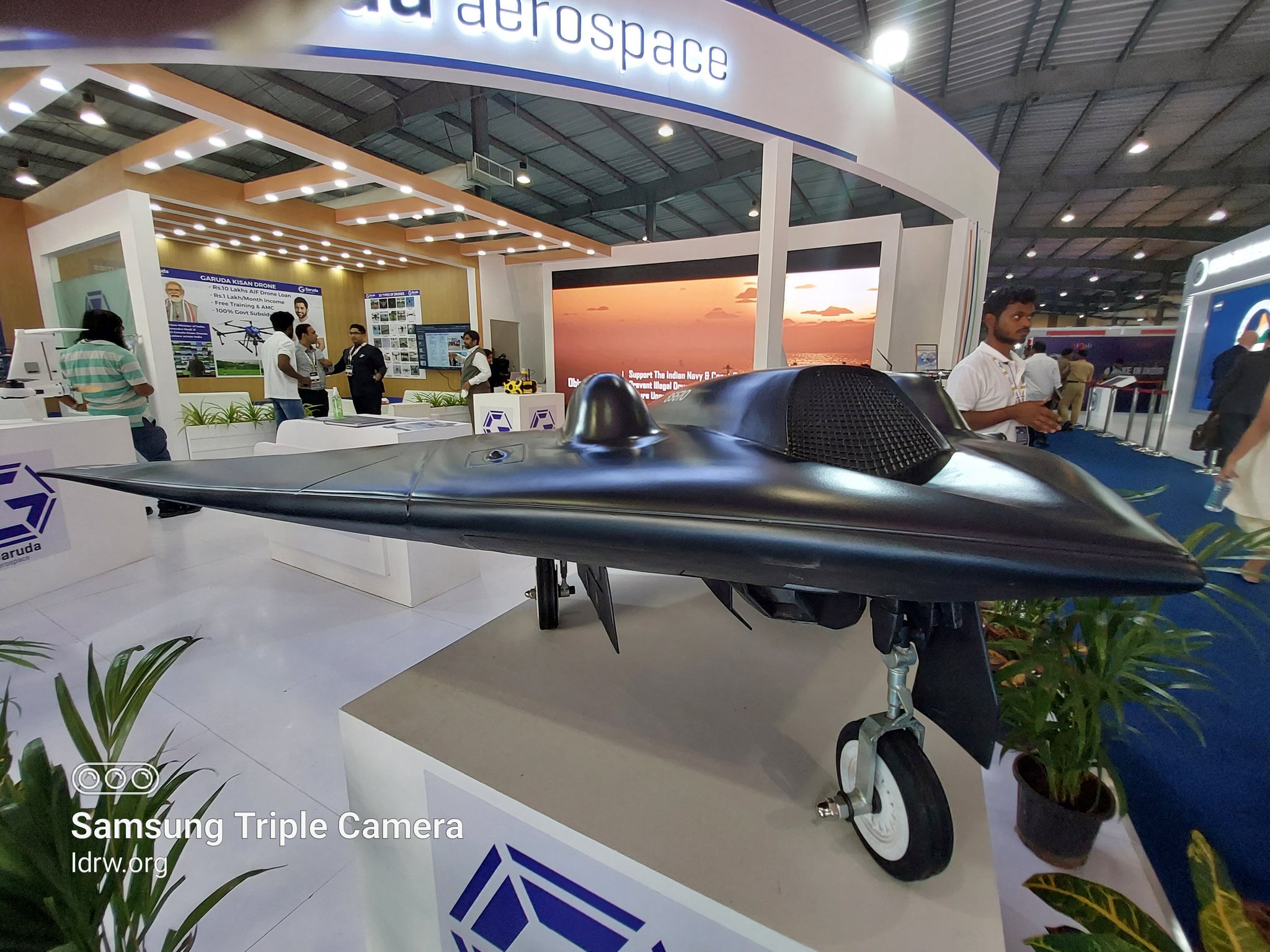
India has taken a significant stride in bolstering its defense capabilities by implementing a ban on the use of Chinese components in the production of military drones by domestic manufacturers. The decision was driven by concerns surrounding security and the need to strengthen indigenous manufacturing in the defense sector. This move not only underscores India’s commitment to self-reliance but also marks a crucial step towards enhancing national security.
The decision was a result of two rounds of deliberations between the Indian government and drone developers. The ban is a response to the growing realization of the potential risks associated with using components sourced from countries that may have interests in accessing sensitive information.
Continue readingSOURCE: IDRW.ORG TEAM

IMAGE CREDIT TO RESPECTED OWNER
A snapshot of the second Light Combat Aircraft (LCA) Tejas Trainer, bearing the designation LT 5202 and manufactured by Hindustan Aeronautics Limited (HAL), has emerged online, showcasing the aircraft in a production-ready state ahead of its anticipated first flight, likely scheduled for later this month.
The LT 5202 trainer follows in the footsteps of the LT 5201, the first-ever series production standard LCA Trainer, which successfully completed its maiden flight on April 5th, 2023, after taking off from HAL airport. The aircraft’s flight, lasting approximately 35 minutes, marked a significant milestone in India’s indigenous aviation capabilities.
Continue readingSOURCE: IDRW.ORG TEAM
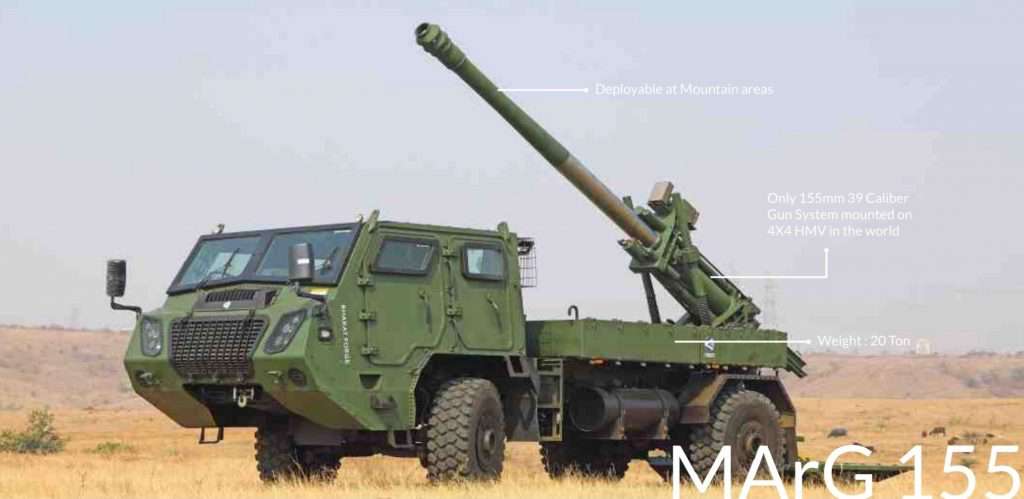
In a significant stride towards bolstering India’s defence capabilities and establishing a global footprint in the defence equipment sector, Bharat Forge, a leading player in the Indian defence industry, has confirmed that it achieved record export sales of defence equipment in the first quarter of the current financial year. This announcement was made by Amit Kalyani, Joint Managing Director at Bharat Forge, during the company’s June Quarter Report Card presentation.
One notable instance of this recognition is Azerbaijan’s recent accusation that India supplied heavy weaponry to its arch-rival Armenia via Iran. This accusation was accompanied by images circulating on the internet that depicted what appeared to be 155mm/39 MArG self-propelled howitzers, developed by Kalyani Strategic Systems Limited (KSSL), a subsidiary of Bharat Forge. These images highlighted India’s expanding presence in the defence equipment market and the credibility of its products.
Continue readingSOURCE: RAUNAK KUNDE / NEWS BEAT / IDRW.ORG
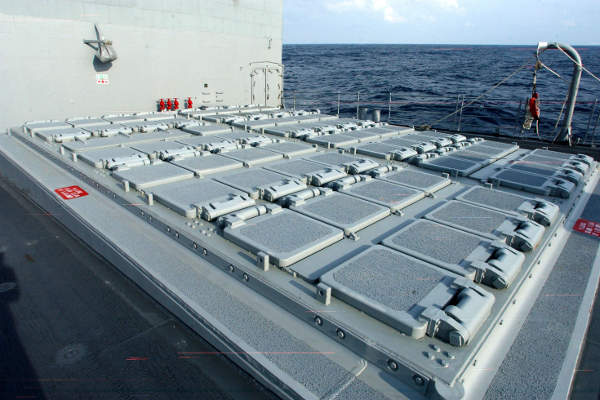
The Defense Research and Development Organisation (DRDO) for a while has been working on a new Long Range Anti-Ship Missile (LRAShM), is poised to revolutionize India’s naval capabilities.
The LRAShM is a game-changing quasi-ballistic trajectory Anti-Ship Missile (AShM) that is currently under fabrication and is scheduled for testing in early 2024. The missile boasts an impressive range of 1500 kilometers, making it a formidable force in combating maritime threats in both littoral and open sea regions.
Continue readingSOURCE: RAUNAK KUNDE / NEWS BEAT / IDRW.ORG
Hindustan Aeronautics Limited (HAL) has been working on a crucial indigenous project – the Hindustan Turbo Fan Engine (HTFE-25) for a while now. The HTFE-25 engine development program, which is entirely self-funded by HAL, has been progressing steadily. The engine’s design and development were initiated by HAL in 2013-14, with an ambitious timeline of completing it within six years. The company set its sights on developing a powerful and versatile engine that could be utilized in a wide range of aircraft configurations.
The HTFE-25 engine is designed to deliver a thrust of 25 kN, making it suitable for both single-engine and twin-engine aircraft. HAL envisions its application on aircraft weighing up to 5 tons in a single-engine configuration and up to 9 tons in a twin-engine setup.
Continue readingSOURCE: RAUNAK KUNDE / NEWS BEAT / IDRW.ORG
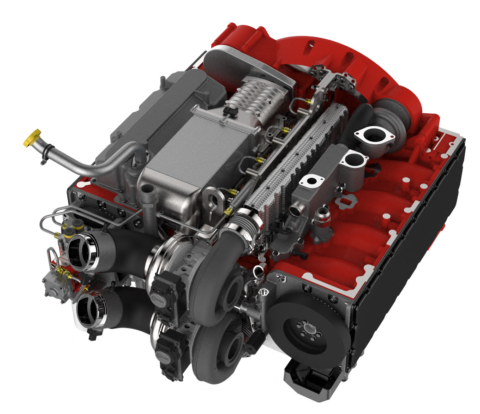
In a surprising turn of events, India’s ambitious Light Battle Tank project, codenamed Project Zorawar, has encountered an unexpected hurdle. According to a recent report by Times Now, the designers of the tank have decided to replace the originally planned German-origin MTU engine with the Cummins Advanced Combat Engine (ACE) in the prototype of the Light Battle Tank. While the exact reasons behind this abrupt change have not been officially disclosed, speculation suggests it might be due to supply chain issues, prompting the need for a last-minute switch.
The decision to replace the engine on the prototype, which was initially slated for rollout later this month, is likely to introduce delays in the project’s timeline. The change entails not only replacing the engine itself but also requires a comprehensive assessment and adjustment of the tank’s internal components to accommodate the new engine’s specifications.
Continue readingSOURCE: IDRW.ORG TEAM

In a significant stride towards bolstering India’s defense capabilities, the indigenous TAPAS UAV, also known as Rustom-II, is all set to undergo highly anticipated User trials later this month. Officials from the Indian Air Force (IAF) and the Indian Army will collaborate in conducting these trials, marking a crucial step towards the clearance for production. The User trials are scheduled to take place at ATR Chitradurga.
The TAPAS UAV has been developed in response to the tri-services’ Intelligence, Surveillance, Target Acquisition, Tracking, and Reconnaissance (ISTAR) needs. With its cutting-edge technology and advanced features, the TAPAS UAV holds the promise of significantly enhancing India’s aerial surveillance capabilities.
Continue reading